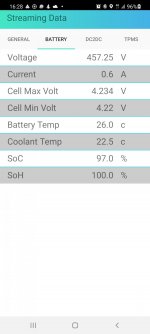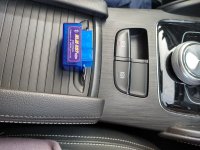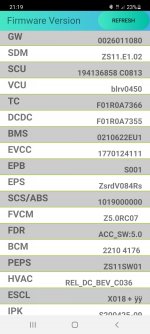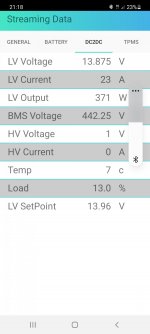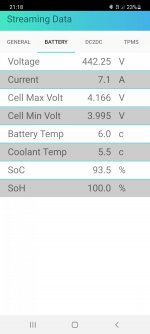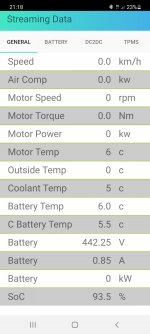well, I can understand why it says 9x% rather than 100% - as we know we're not allowed to use the full 44.5wKh battery capacity.
This isn't a figure for people to see, so it makes sense that it maybe the real internal SoC of the whole 44.5kWh capacity.
The BMS etc then will determine I'd imagine how much to allow you to charge and discharge to based on this percentage of the actual whole 44.5kWh capacity. Further, based on the amount of the whole 44.5kWh capacity we're allowed to use, they show us the percentage on the dash of the amount we're allowed to use.
E.g. They say we're only allowed to charge and discharge to 95% & 5% of the battery capacity.
So when charging it stops at 95% of 44.5kWh, but they show that as 100% to the user on the dash. When discharging it stop at 5% of 44.5kWh, but they show that as 0% to the user on the dash.
If I were designing the system, that it probably how I'd do it, it is logical.
Re SOH - I have no idea how this is determined, I do not have enough knowledge of how degradation of batteries are measured. Some further night-time reading is needed


